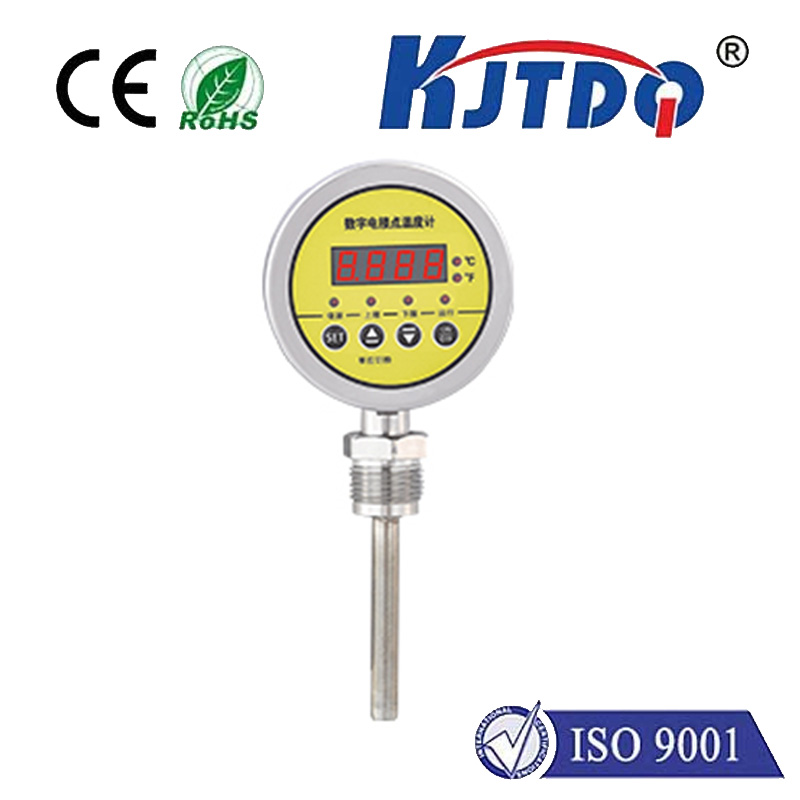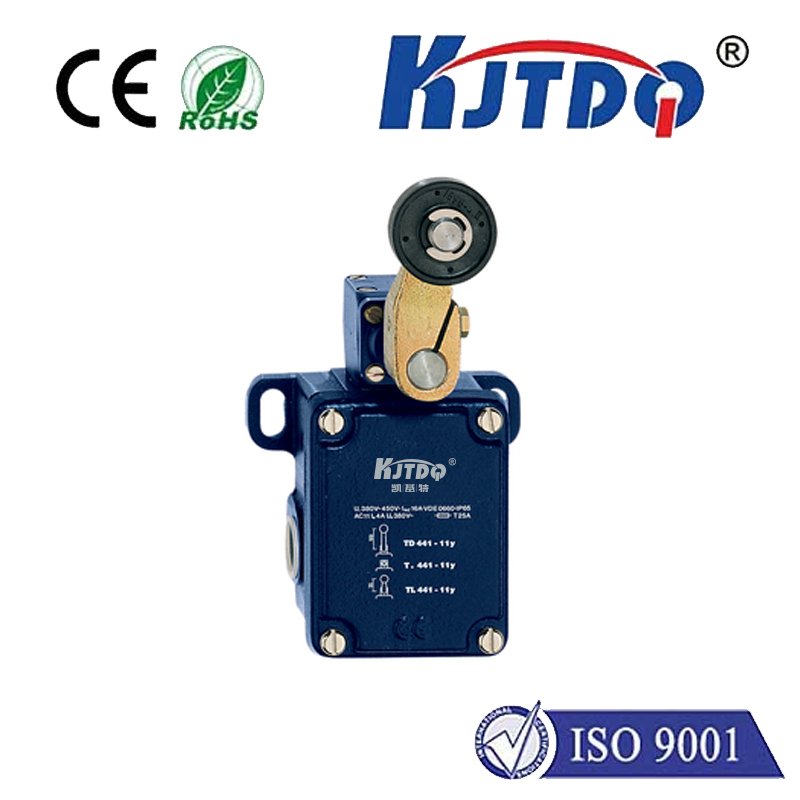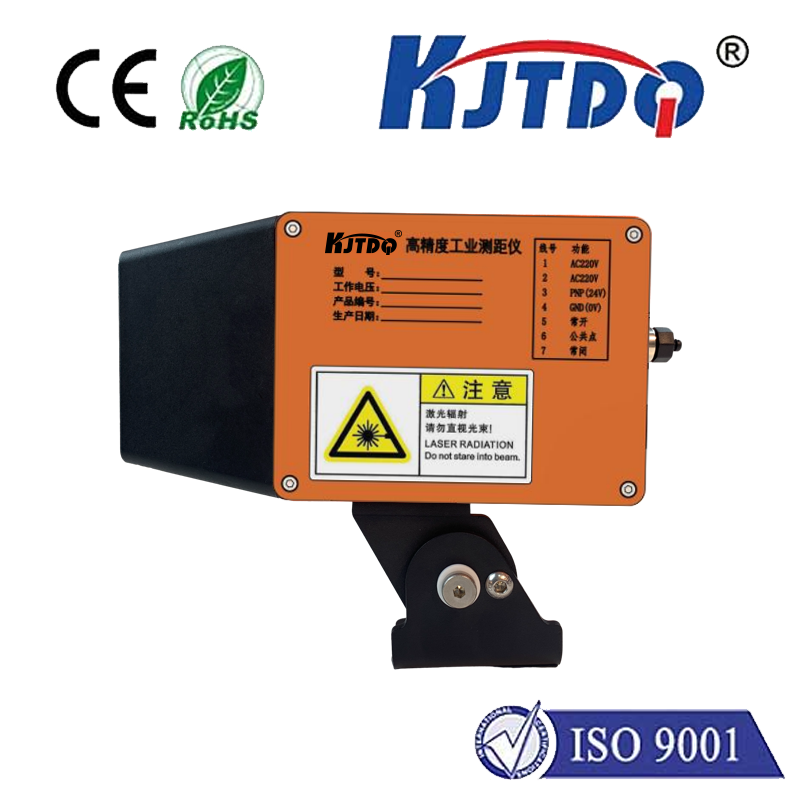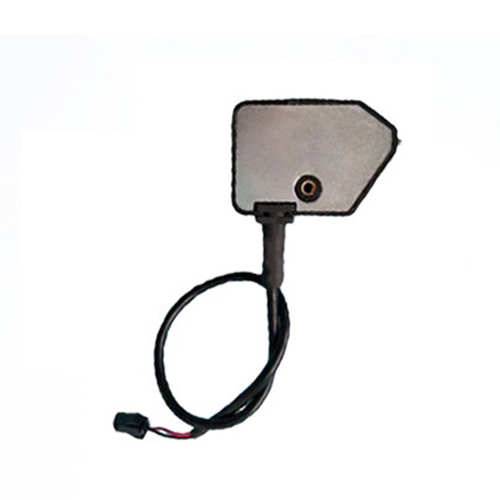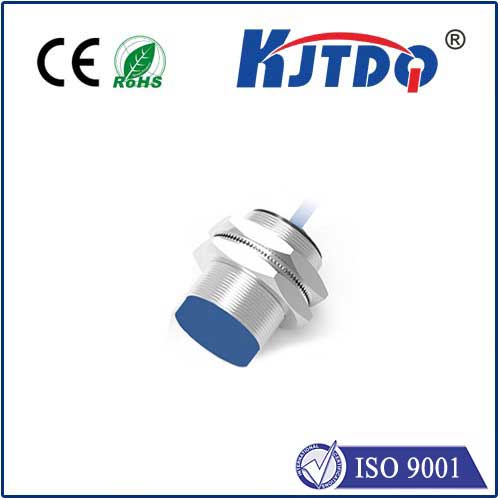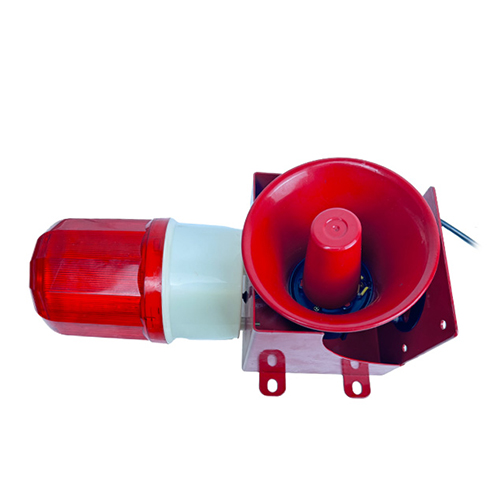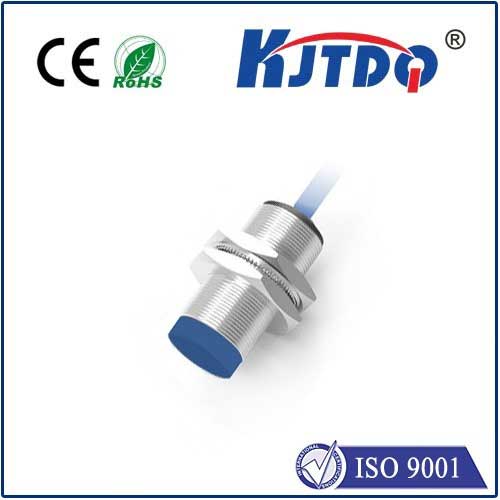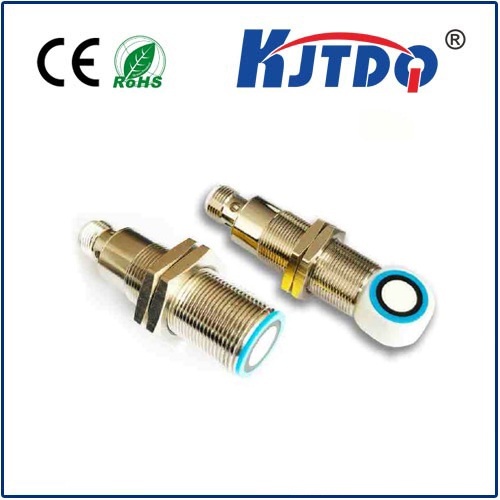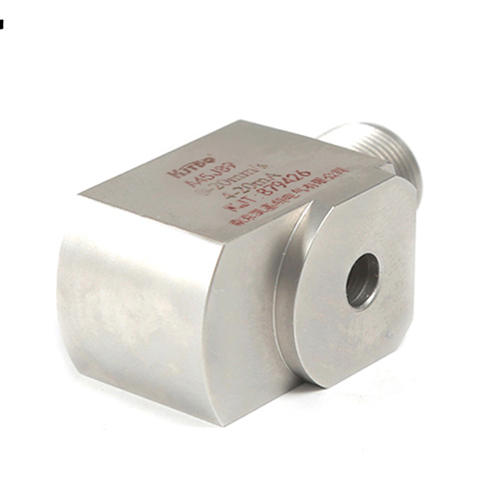

check

check

check

check

check

check

check

check

check

check
In recent years, the Internet of Things (IoT) has been a hot topic, with numerous devices being developed to connect and communicate with each other. One such device that has revolutionized the IoT landscape is the proximity level sensor. This small but powerful device has the ability to detect objects or people within a certain distance, making it an essential component for various applications. In this article, we will explore the technology behind proximity sensors and their diverse range of applications.
Proximity Sensor Technology: How It Works
Proximity sensors work by emitting an electromagnetic field and detecting the reflected signals back from nearby objects or people. The sensor then calculates the distance between itself and the object, based on the time it takes for the signal to travel back and be received. There are different types of proximity sensors, including infrared (IR), ultrasonic, magnetic resonance (MRI), and radio frequency (RF). Each type has its unique advantages and disadvantages in terms of accuracy, range, and power consumption.
Applications of Proximity Sensors in IoT
The potential applications of proximity sensors in IoT are vast and varied, ranging from home automation systems to industrial manufacturing. Some of the most popular use cases include:
1. Home Automation: Proximity sensors can be used to control household appliances like lighting, thermostats, and security systems. By sensing when someone enters a room, the system can automatically adjust the environment to provide comfort and convenience.
2. Health Monitoring: Proximity sensors can be integrated into wearable devices like fitness trackers to monitor a person's activity levels and sleep patterns. When the wearer approaches a certain distance from an obstacle or stationary object, the sensor can trigger an alert or send a notification to a healthcare provider.
3. Factory Automation: Proximity sensors can be used to monitor the movement of machines and equipment in industrial settings. By detecting when a machine is blocked or needs maintenance, manufacturers can prevent downtime and improve efficiency.
4. Asset Tracking: Proximity sensors can be embedded in assets like vehicles or goods to track their movement in real-time. This information can be used for inventory management, route optimization, and theft detection.
5. Public Safety: Proximity sensors can be used in public safety applications like emergency response systems and crime prevention tools. By detecting when someone is approaching a designated area, authorities can take appropriate action to ensure public safety.
Conclusion
As the popularity of IoT continues to grow, so does the need for advanced technologies like proximity sensors. These devices have already made significant contributions to various industries and are expected to play an even more critical role in the future. As developers and engineers continue to explore new ways to integrate proximity sensors into IoT devices, we can expect to see even more innovative applications emerge.
